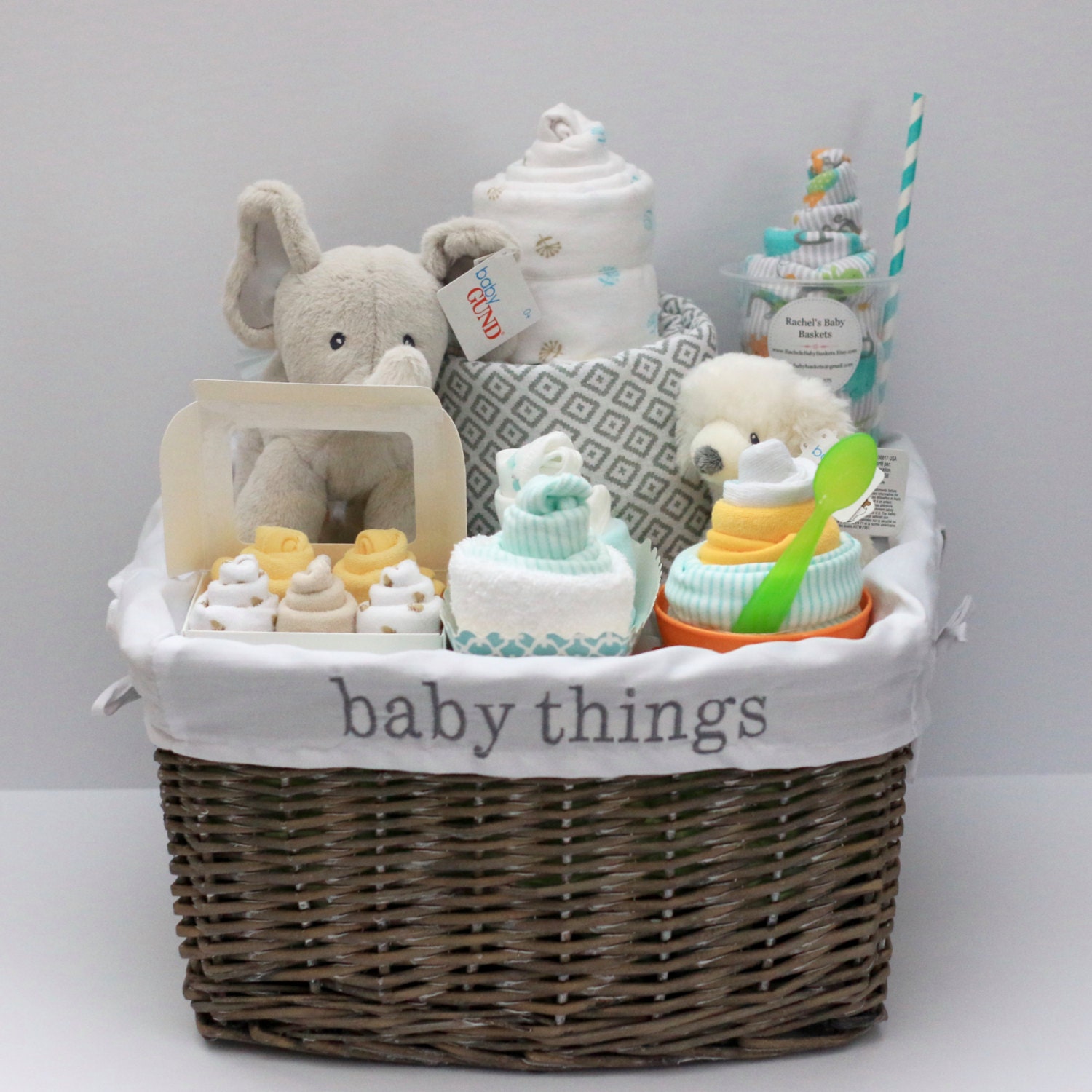Personalised Gifts Is Your Worst Enemy. 10 Ways To Defeat It
페이지 정보
작성자 Jonathon 댓글 0건 조회 5회 작성일 24-08-18 14:28본문
The history of garden design is a rich tapestry of styles, influences, and Baby Announcement innovations, reflecting the changing aspirations, values, and aesthetics of different societies. From the formal gardens of ancient civilizations to the contemporary landscapes of today, the art of garden design has continually evolved to meet the needs and desires of each era. The principles of sustainability, biodiversity, and ecological sensitivity are now guiding the evolution of garden design, as designers seek to create landscapes that are both beautiful and environmentally friendly. The future of garden design promises to be as diverse, dynamic, and innovative as its past, as designers continue to push the boundaries of creativity and imagination in shaping the landscapes of tomorrow.
The Renaissance period saw a revival of classical garden design principles, inspired by the writings of Roman authors such as Vitruvius and Pliny. Italian Renaissance gardens, such as those at Villa d'Este and Villa Lante, featured formal layouts, axial symmetry, terraced levels, and elaborate water features. These gardens were designed to impress and delight visitors, showcasing the wealth and culture of their owners.
Today, garden design encompasses a wide range of styles and approaches, from traditional to contemporary, formal to informal, minimalist to maximalist. The principles of sustainability, biodiversity, and ecological sensitivity have become increasingly important in garden design, as designers seek to create landscapes that are both beautiful and environmentally friendly.
To ensure your houseplants thrive and remain healthy, it's important to provide them with the right conditions and care. This includes watering them regularly, but not overwatering, as this can lead to root rot and other issues. It's also important to provide your plants with the right amount of sunlight, humidity and temperature, as well as regular feeding with a balanced plant food to promote growth and flowering. Regularly inspect your plants for any signs of pests or disease, and take appropriate action to treat and prevent any issues that arise.
Today, garden design in Britain continues to evolve, with a growing emphasis on sustainability, biodiversity, and the integration of technology into garden spaces. Urban gardening has become increasingly popular in recent years, as city dwellers seek to reconnect with nature and create green spaces in their communities.
One of the most exciting trends in contemporary garden design is the use of green roofs and living walls, which help to mitigate the effects of urban heat islands and provide habitat for pollinators and other wildlife. These innovative designs are helping to transform the urban landscape, creating vibrant and sustainable spaces that benefit both people and the environment.
The Victorian era ushered in a new era of garden design, with the rise of the gardenesque style and the influence of exotic plants and materials from around the world. Victorian gardens were characterized by their eclectic mix of styles, materials, and plants, with ornate structures, intricate borders, and colourful displays. The formal bedding schemes and intricate parterres of the Victorian era reflected the opulence and grandeur of the period, with an emphasis on display and showmanship.
One of the most famous examples of Tudor garden design is Hampton Court Palace, which boasts a magnificent array of formal gardens, including the famous knot garden and the Great Vine. These gardens were meticulously planned and maintained, with every plant and tree placed with precision to create a sense of order and symmetry.
Houseplants have become increasingly popular in recent years, with many people recognising the numerous benefits they bring to both our homes and our well-being. From improving air quality to boosting mental health, the humble houseplant is a simple yet effective way to add a touch of nature to our indoor spaces.
Contemporary garden design often combines elements of art, architecture, horticulture, and ecology, in a seamless integration of form and function. Designers work with a diverse palette of materials, plants, and techniques, to create gardens that are both aesthetically pleasing and ecologically responsible. Water conservation, native plantings, wildlife habitats, and organic gardening are just a few of the key considerations in contemporary garden design.
 With a little care and attention, you can watch your tropical houseplants flourish and thrive, bringing a touch of the tropics into your home all year round. So why not start building your indoor jungle today and enjoy the many rewards of tropical houseplant ownership?
With a little care and attention, you can watch your tropical houseplants flourish and thrive, bringing a touch of the tropics into your home all year round. So why not start building your indoor jungle today and enjoy the many rewards of tropical houseplant ownership?
The history of garden design can be traced back to ancient civilizations such as Mesopotamia, Egypt, and Persia, where gardens were seen as symbols of power, prestige, and wealth. These early gardens were often enclosed by walls or hedges, with geometrical layouts, water features, and carefully manicured plants. The Hanging Gardens of Babylon, one of the Seven Wonders of the Ancient World, is a prime example of the grandeur and opulence of ancient garden design.
댓글목록
등록된 댓글이 없습니다.